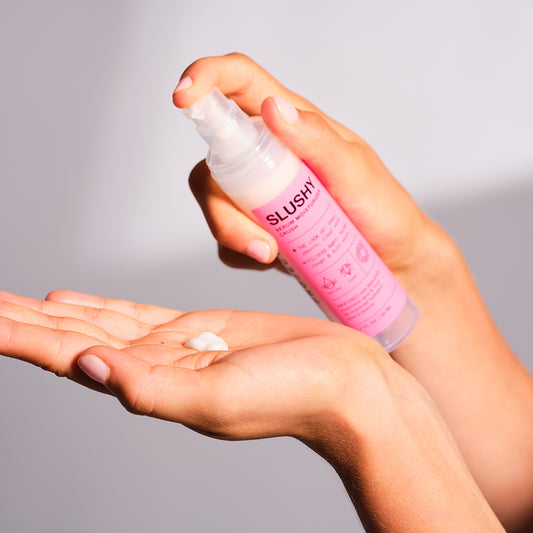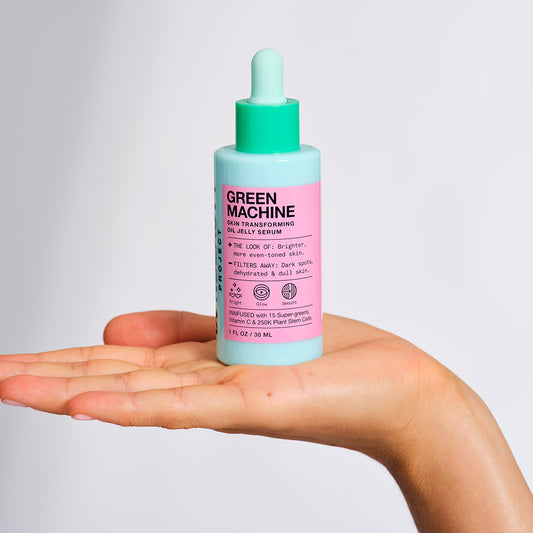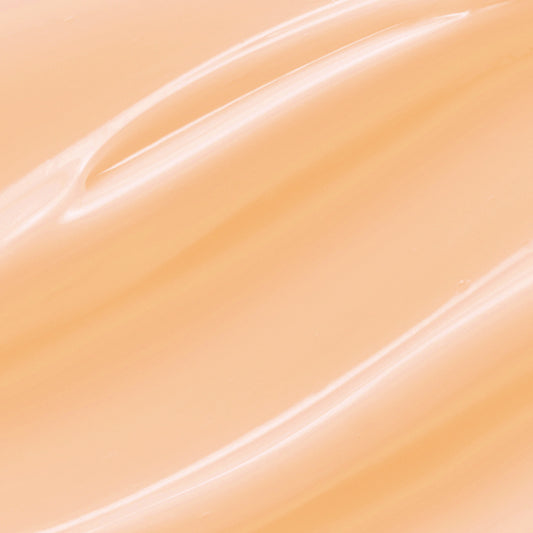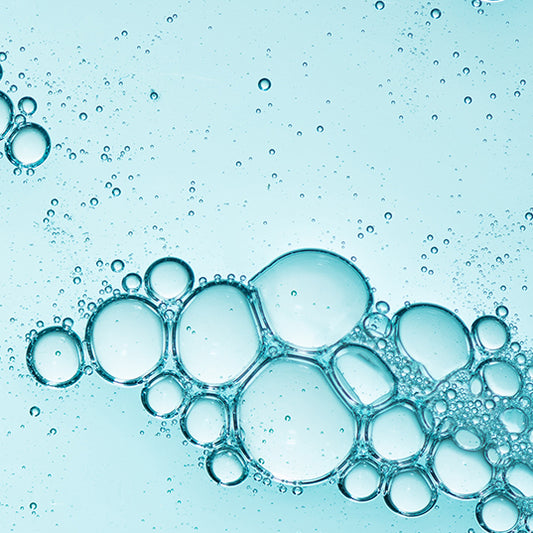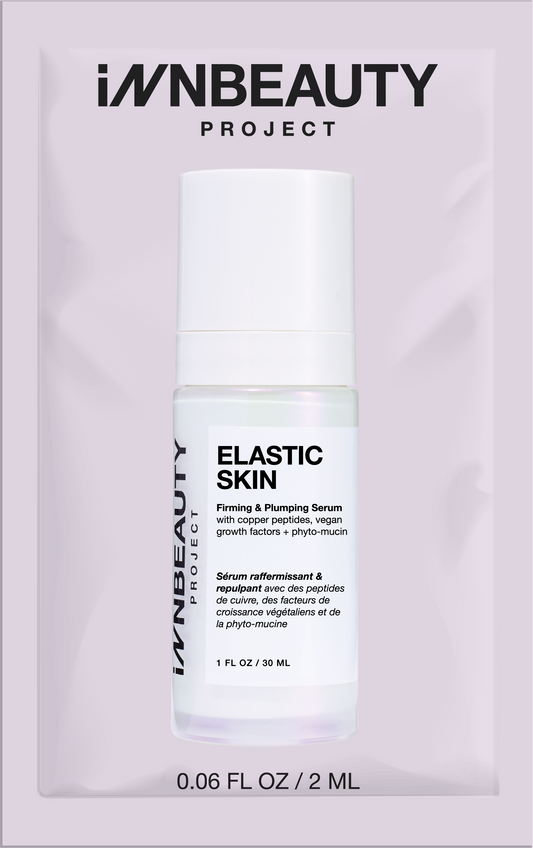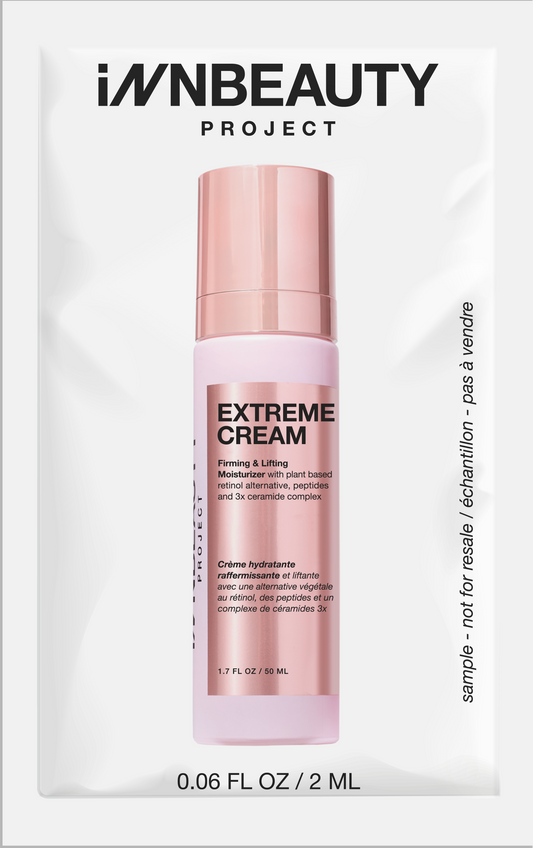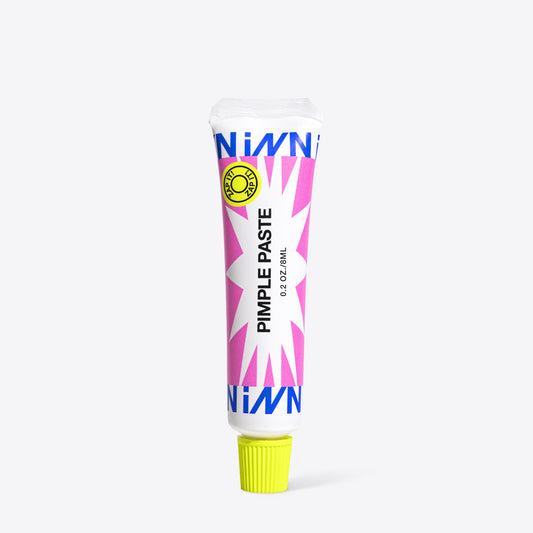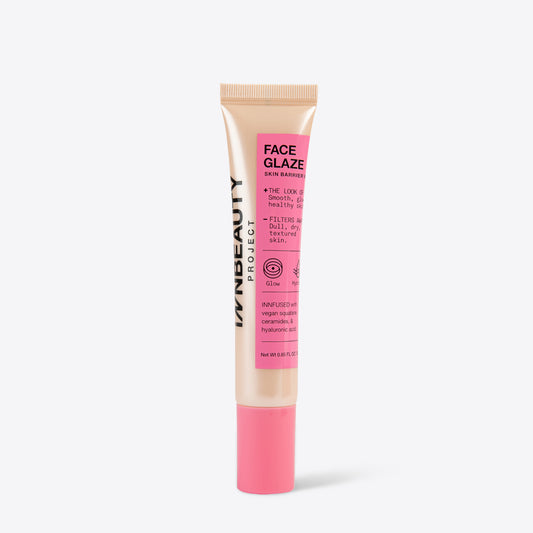Summertime means days lounging at the pool, weekends at the beach, and picnics, cookouts, and barbeques galore. But while all that fun in the sun is part of what makes the summer months so enjoyable, your skin might not feel the same.
Being in the sun all day can have a significant impact on your skin, even when you wear sunscreen. “Sun exposure can lead to dry, dull skin which is why it is so important to replace the lost hydration and moisturize after,” INNBEAUTY Project Co-Founder and Head of Formulation Innovation Jen Shane explains.
So if you’ve recently spent some time outside but don’t know what to do with your skincare routine now, read on for the full guide to caring for your skin.
Why is it crucial to focus on post-sun care after sun exposure?
We all love the feeling of the sun’s rays on our skin, but the ultraviolet (UV) radiation that emits from that big star in the sky can also cause photoaging. The ultraviolet A (UVA) and ultraviolet B (UVB) radiation rays that hit the Earth can cause wrinkles, sun spots, and a loss of elasticity, but that kind of damage tends to happen after a long period of time.
However, heading out into the sun even for very brief periods of time can still cause damage. For those with very fair-skin, UV radiation can become harmful after only about 5 to 10 minutes. And just like you might feel thirsty or dehydrated after a hot day, your skin can feel the same. The fluids and electrolytes you lose through sweat can also weaken the skin’s moisture barrier, which can lead to dry, flaky skin and uneven skin texture. Additionally, it’s believed that the sun’s radiation can trigger or worsen acne.
The good news is protecting your skin with sunscreen, staying out of the sun in the middle of the day, and treating your skin post-sun exposure can make a major difference in the look and feel of your skin.
What ingredients should be used after being in the sun?
Hydrating, gentle ingredients that’ll soothe your skin and help it repair itself are what you should look for when it comes to post-sun skincare.
- Humectants (ie: hyaluronic acid, snow mushroom, glycerin, etc): These hydrating powerhouses can hold 1000 times its weight in water, and it’ll allow your skin to heal while maintaining an environment favorable for cell growth. Extreme Cream Firming & Lifting Moisturizer is formulated with snow mushroom, sometimes called the “moisture magnet”, and can hold up to 500 times its weight in water, providing long-lasting hydration and drawing moisture into the skin.
- Peptides: Look to peptides for both moisturizing and skin smoothing, as the small proteins and amino acids that make up peptides are able to penetrate the skin to hydrate and help smoothen fine lines and wrinkles. The Elastic Skin Firming & Plumping Serum contains peptides, collagen amino acids, and ceramides to lock in hydration for plump, hydrated looking skin.
- Ceramides: This epidermal lipid is important for skin barrier function, and it's often found in moisturizers and creams like the Extreme Cream Firming & Lifting Moisturizer. It has a cocktailed formula that includes a Triple Ceramide Complex that supports the skin’s natural moisture barrier for a healthier appearance and noticeable hydration.
“Our Elastic Skin Serum and Extreme Cream Moisturizer are the perfect after sun pair. Elastic Skin features hydrating amino acids, while Extreme Cream locks in that hydration with its luxurious reverse-emulsion technology, which helps skin better hydrate itself with the aid of snow mushroom and glyceryl glucoside,” Shane says.
Are there any skincare products that shouldn't be used post-sun exposure?
Since your skin may be irritated, dry, and red after sun exposure, you want to make sure that you don't put anything on it that will further irritate it; your normal skincare routine can actually cause damage when your skin is in such a delicate state.
Skincare products that contain ingredients like retinol, lactic acid, and water-soluble vitamin C (such as l-ascorbic acid), should be avoided directly after sun exposure. They are all powerful, important components in products like moisturizers and serums, but when used on irritated skin, you might see flaking, redness, and even breakouts. Consistent use of these ingredients after being in the sun may even lead to a weakened skin barrier.
However, our Green Machine Serum Vitamin C Dark Spot Serum is made with oil-soluble tetrahexyldecyl ascorbate and is safe to use after being in the sun. It helps to reduce the appearance of wrinkles and dark spots, which can often occur after sun exposure.
How can I take care of my skin if I get sunburnt?
Unfortunately, sometimes being in the sun can result in sunburn. Applying sunscreen is the best way to avoid a burn, but if you don’t use enough or don’t reapply, you can end up with the red, warm skin that indicates sunburn.
Your next steps will be crucial, as the skin on your face can be a bit more fragile than the skin on the rest of your face. To take care of your skin after sunburn, you should apply a cool, damp compress to your face to soothe it. If your sunburn is particularly bad, you can use a bag of ice wrapped in a towel, but never apply ice directly to the skin, and never leave ice on the skin for more than 15 minutes at a time.
You should then use a soothing serum or moisturizer like the ones above, but skip exfoliating or any harsh skin treatments. Avoid any further sun exposure as your sunburn heals, and be sure to use sunscreen if you do have to head back outside.
The wrap-up
Taking care of your skin is always important, but post-sun skin care is even more significant, as being in the sun can dehydrate and irritate skin. After being in the sun, be sure to use a soothing serum or moisturizer to help repair your skin and boost the skin's natural barrier. Avoid any harsh products or ingredients, and if you find yourself with sunburn, it's even more important to add other steps like cool compresses as your burn heels.







